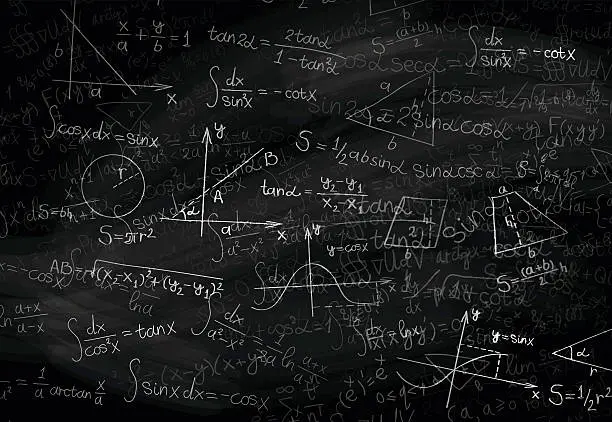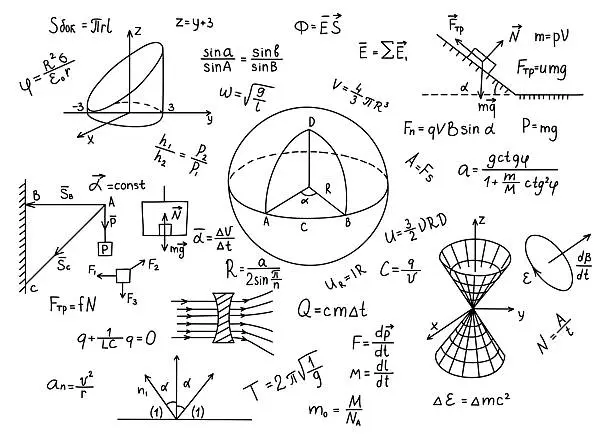
The Mathematics of Symmetry: Exploring Group Theory
- Admin
Symmetry is a fundamental concept that permeates every aspect of our lives, from the beauty of nature to the elegance of mathematical structures. At its core, symmetry represents harmony, balance, and order, and its study lies at the heart of group theory. In this article, we embark on a journey into the realm of symmetry, exploring the principles of group theory and their profound implications for mathematics and beyond.
Origins of Group Theory:
The roots of group theory can be traced back to the work of early mathematicians such as Evariste Galois and Niels Henrik Abel in the 19th century. These pioneering mathematicians sought to understand the algebraic structure underlying the symmetries of geometric objects and mathematical equations. Building upon their insights, modern group theory emerged as a powerful framework for studying symmetry and transformation in a wide range of mathematical contexts.
Fundamental Concepts:
Central to the study of group theory are the concepts of groups, symmetries, and transformations. A group is a mathematical structure consisting of a set of elements and a binary operation that satisfies certain properties, such as closure, associativity, identity, and inverses. Symmetries, on the other hand, are transformations that preserve the structure of an object, leaving it unchanged. By studying the symmetries of objects and the transformations that preserve them, mathematicians gain deeper insights into the underlying patterns and structures of the mathematical universe.
Applications in Mathematics and Science:
Group theory finds wide-ranging applications in mathematics and science, from algebraic topology to quantum mechanics. In algebraic topology, groups are used to classify and study the symmetries of topological spaces, leading to profound results in the study of surfaces, manifolds, and higher-dimensional spaces. In quantum mechanics, group theory plays a crucial role in understanding the symmetries of physical systems and the behavior of particles, providing a powerful framework for describing fundamental forces and particles in the universe.
Beyond Mathematics:
Beyond its mathematical applications, group theory has found applications in diverse fields such as chemistry, crystallography, and computer science. In chemistry, group theory is used to analyze the symmetries of molecules and predict their properties, while in crystallography, it helps classify the symmetries of crystals and understand their atomic structure. In computer science, group theory underpins algorithms for data compression, error correction, and cryptography, highlighting its practical relevance in modern technology.
Conclusion:
In conclusion, group theory stands as a testament to the power and beauty of symmetry in mathematics and science. Whether studying the symmetries of geometric objects, the transformations of algebraic equations, or the fundamental forces of nature, group theory provides a unifying framework for understanding the underlying structure and order of the universe. Join us as we delve deeper into the mathematics of symmetry, where the beauty of mathematics meets the elegance of symmetry.
